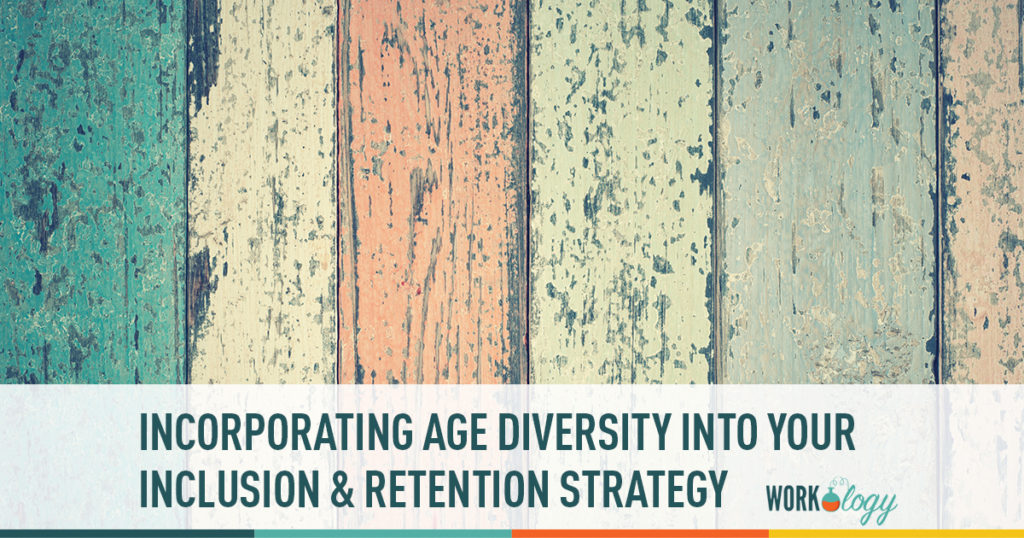Age and experience are often viewed as measures of knowledge. However, it’s not always that simple or straightforward. The young tech leader in a hoodie is still a prevalent stereotype.
Incorporating Age Diversity Into Your Inclusion & Retention Strategy
A recent study by Indeed finds that close to half of employees in the technology industry (46 percent) are Millennials. Further, as firms battle to attract young talent with perks like happy hours, free food, and gym classes, they may unintentionally create an environment and culture that excludes or alienates older workers.
With the Bureau of Labor Statistics predicting that 25 percent of workers will be at least 55 years old by 2019, it’s clear that the tech industry workforce doesn’t reflect the age diversity of the working population. And we know that diversity has a positive impact on companies, with some studies finding that firms with greater racial or gender equality enjoyed more sales revenue, more customers and greater profits.
While companies currently (and rightfully) spend a lot of time and effort on cultural, religious and gender-focused diversity initiatives, addressing diversity of ages and generations is a natural next step.
Bringing Each Generation Into Focus
One way to accomplish this is to incorporate age-inclusive language and practices into existing inclusion initiatives. HR and recruiting professionals can also examine the language and requirements in job postings. At Indeed, we recently eliminated the college degree requirement for most roles in our sales and client service functions. We believe this will attract many qualified workers who may not have graduated from college but offer incredibly valuable work experience.
A focus on the needs of other generations should go beyond the hiring process, seeking and implementing cultural initiatives and benefits that cater to not only Millennials, but to other generations as well. For example, while younger workers may rank volunteer programs as an important company attribute, older workers may want more family time and prefer flexible work arrangements. Some workers are likely not thinking about day care, but about elder care. It’s important to ensure that your company’s benefits and perks are inclusive of and attractive to workers of all ages.
Each generation brings valuable perspective, knowledge and experience to the workplace. However, considering the substantial experience older employees bring and the fact that they will soon make up a full quarter of the workforce, companies have no other choice but to attract and hire them. To do otherwise leaves far too much talent on the table.
This piece was originally published at the SHRM Blog here. Its author, Paul Wolfe, is SVP of Human Resources at Indeed. He oversees all global human resource functions, including talent acquisition, employee retention, compensation, benefits, and employee development.









